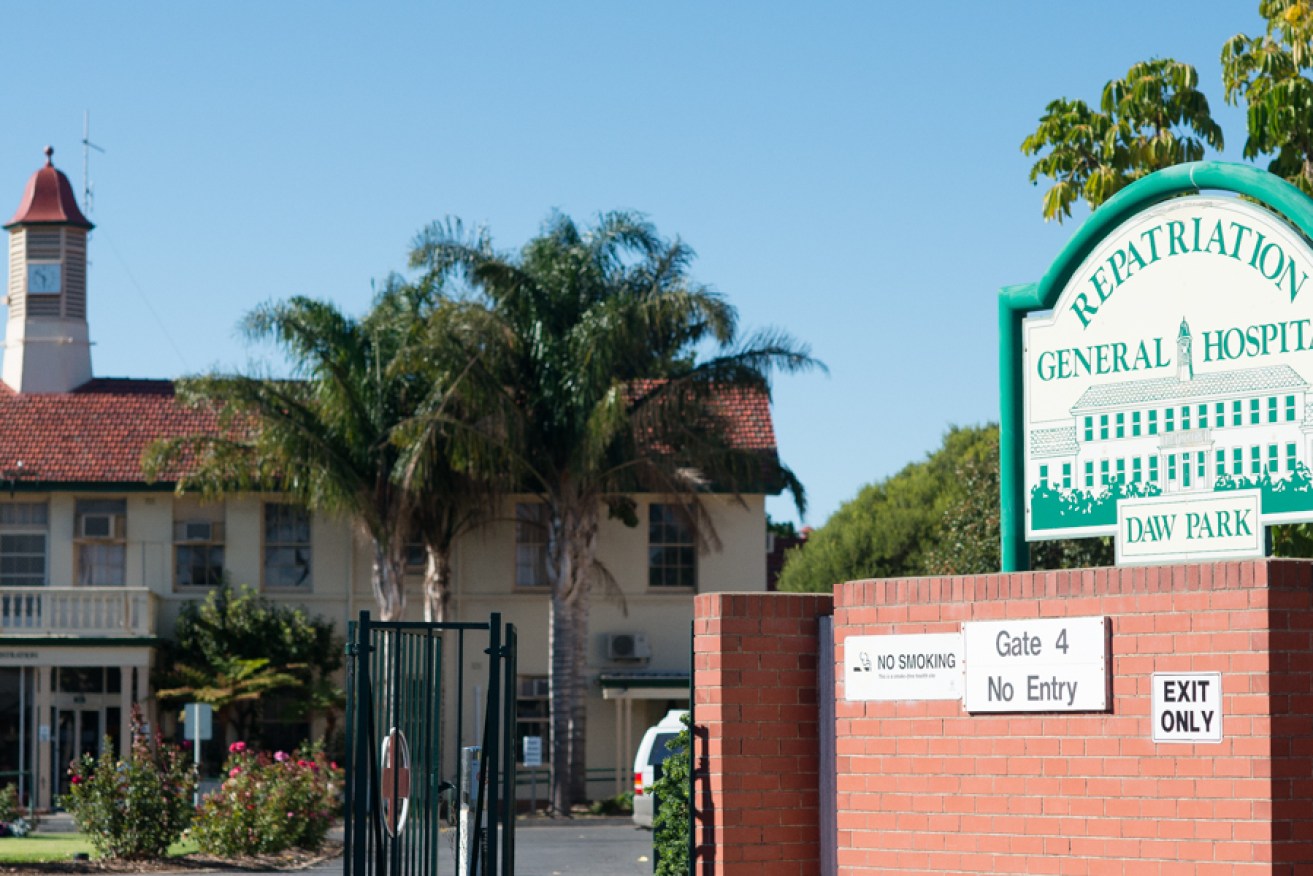E-health blamed for Repat waiting list blowout
Patients at a Repatriation General Hospital clinic now wait up to nine months longer than they did before the installation of the State Government’s e-health records system, a senior doctor says.


A senior clinician at the Repat told InDaily his patients now had to wait for up to a year to receive their first appointment.
Before the introduction of the Enterprise Patient Administration System (EPAS), he said, patients would wait a maximum of three months for an appointment at the specialist clinic.
“We could boast the fastest time, from referral to actually getting surgery, of pretty much any public hospital in Australia,” the doctor said.
“My waiting list was no more than … three months.
“That’s blown out longer and longer and now it’s hit the 12-month mark.”
SA Health says most specialty clinics at the Repat have seen their waiting lists remain the same or drop since the introduction of EPAS, however the doctor told InDaily the system had significantly reduced the pace of his clinic.
When the system was first introduced at the Repat, in April 2014, the clinic was able to see only about half the number of patients it normally saw each day because of the administrative burden the system placed on staff, the doctor said.
Since then, the clinic has fashioned “work-arounds” to avoid the slow pace of EPAS – including writing patient notes by hand and scanning them into the system, rather than typing them directly into the computer.
But the clinic, which sees thousands of patients each year, has still failed to regain its former pace.
“It’s limited the number of patients you can see in the clinic because of the time that it takes to use it,” said the doctor.
“Back then (before EPAS) I could easily get through about 20 patients in a clinic and be able to go home at five o’clock.
“Now I will struggle to get 15 patients and I’ll be there past five o’clock, and many of them will have to have waited a couple of hours to be seen.
“There have been a lot of patients getting upset.
“I’ve had a 90-year-old banging her hands on the desk and demanding to be seen because she’d been sitting in the clinic for two hours.
“It might take me now about five or 10 minutes to actually go through the notes and remind myself what I was up to in [the patient’s] management, whereas in the past it would’ve taken me 30 seconds.
“There isn’t anything else that can account for the numbers of patients waiting to be seen going up and up and up.
“None of the staff have changed over or anything like that … the only thing that’s limited us has been the installation of EPAS.”
The doctor said colleagues at other outpatient clinics had reported the same experience of slowed-down patient care and longer waiting lists.
However, InDaily understands some other outpatient clinics at the Repat have enjoyed significantly improved waiting times since in introduction of EPAS.
SA Health data shows waiting times have reduced by 18 months at the Repat’s rheumatology clinic, 12 months for gastroenterology and six months for orthopaedics.
The Repat hosts 51 outpatient clinics.
“Outpatient waiting times at RGH have decreased or remain unchanged in the majority of speciality areas since the implementation of EPAS,” an SA Health spokesperson told InDaily.
“The maximum waiting times for some of the highest-volume outpatient clinics at RGH, such as orthopaedic, gastroenterology and rheumatology, have reduced significantly.”
The doctor said he did not want to be named in this story, because he feared speaking out could cause his clinic to be disadvantaged in future funding negotiations with SA Health.




